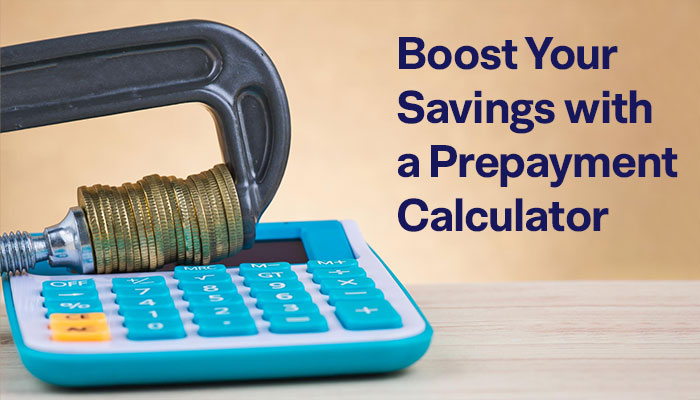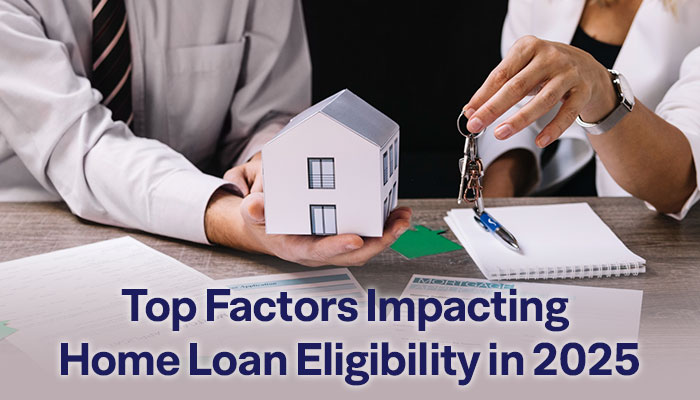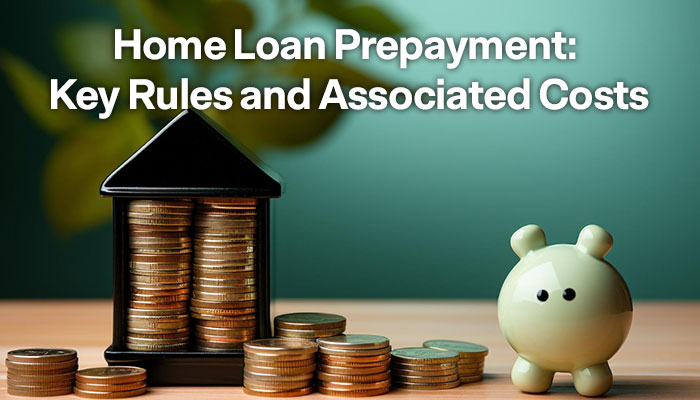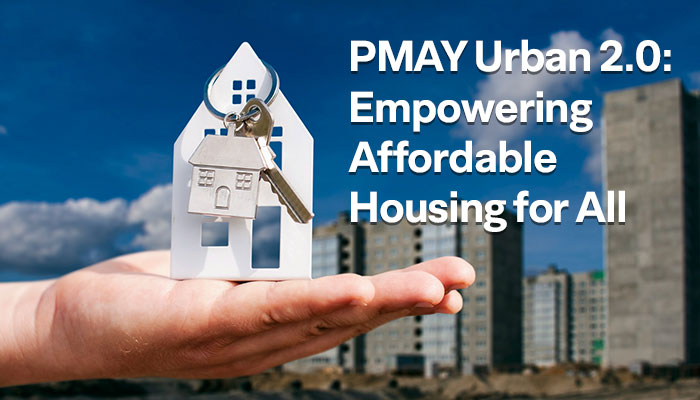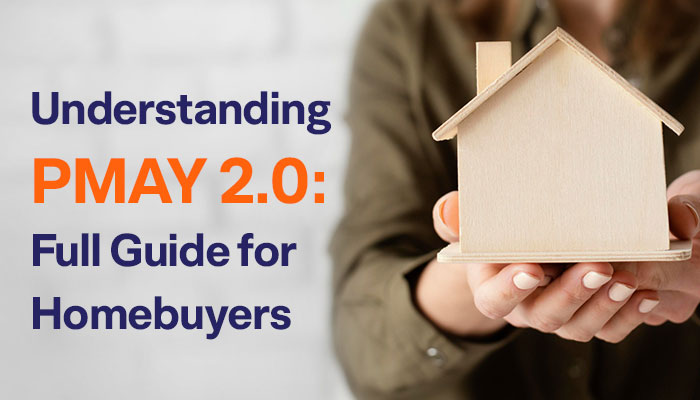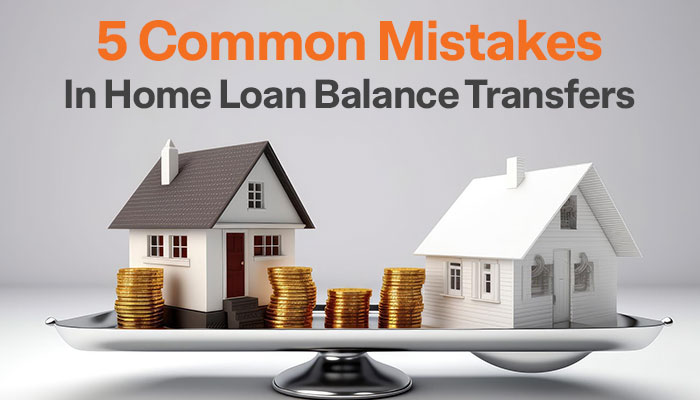PMAYG - Pradhan Mantri Gramin Awas Yojana: A Comprehensive Guide

The government of India started the Pradhan Mantri Gramin Awas Yojana (PMGAY), formerly known as the Indira Awas Yojana (IAY), as a flagship program with the objective of housing everyone in rural areas. The Indian government launched the Pradhan Mantri Awas Yojana Gramin (PMAY-G) program to provide less-priced accommodation to those who work in agriculture.
The primary objective of the 2016-launched program is to guarantee "Housing for All" by 2024. As part of PMAY Gramin 2024, the government plans to build pucca (everlasting) homes with basic amenities for the homeless and those living in run-down houses in rural areas.
PMAY Gramin 2024: Key Objectives and Advantages
The primary objective of PMGAY is to ensure that every rural household has access to a pucca (permanent) house with basic amenities such as a toilet, clean cooking space, electricity, and drinking water. The scheme aligns with the broader vision of "Housing for All," aiming to construct millions of homes for the rural poor, improving their living conditions and contributing to rural development.
Here are some of the key objectives and benefits of Pradhan Mantri Gramin Awas Yojana:
- Affordability Housing: Guarantee that each rural household has access to a pucca home outfitted with the bare necessities. The scheme targets the economically weaker sections, including Scheduled Castes (SC), Scheduled Tribes (ST), and non-SC/ST categories, ensuring that they have access to affordable housing.
- Financial Support: Financial support and subsidies for building or renovating homes. The scheme promotes employment and skill development in rural areas by encouraging the use of local materials and involving local laborers in the construction process.
- Job Opportunities: Create jobs by engaging in construction-related activities.
- Improved Living Standards: By providing sturdy houses, rural dwellers can lead a better and more affluent life. The scheme is designed to improve the quality of life of the beneficiaries by providing them with basic amenities essential for a dignified living.
- Inclusivity: Give vulnerable and underprivileged organizations priority while guaranteeing fair housing access. To ensure that the benefits of PMGAY reach the most deserving candidates, the government has set specific eligibility criteria:
- Economic Status: The scheme primarily targets households under the Below Poverty Line (BPL) category. Families without a pucca house or living in dilapidated conditions are prioritised.
- Geographical Coverage: The scheme covers all rural areas in India, with special provisions for hilly, tribal, and rugged regions where housing conditions are particularly challenging.
- Household Characteristics: Under the scheme, families with vulnerable individuals, such as widows, senior citizens, disabled members, and landless labourers, are given priority.
Application Process
The application process for PM Awas Yojana Gramin is designed to be transparent and straightforward. Here's a step-by-step guide:
- Identification of the Beneficiaries: Beneficiaries are identified through the Socio-Economic Caste Census (SECC) data, which ensures that only eligible candidates are selected. The Gram Panchayats play a crucial role in the verification process. Beneficiaries are also encouraged to avail themselves of home loans up to Rs. 70,000 to meet additional construction costs.
- Submission of Application: Eligible candidates can apply for the scheme through the official website or by visiting their nearest Common Service Center (CSC). The application requires basic details such as Aadhaar number, bank account details, and other relevant information.
- Approval and Fund Disbursement: Once the application is verified and approved, the funds are disbursed directly into the beneficiary's bank account in instalments. The first instalment is provided at the time of sanction, followed by subsequent instalments based on the construction progress.
Impact of PMGAY
Since its inception, PMGAY has made significant strides in addressing rural India's housing needs. According to the latest reports, millions of houses have been constructed, providing secure shelter to countless families. The scheme has also played a crucial role in boosting rural employment and improving rural areas' overall quality of life.
Challenges and Way forward
While PMGAY has been largely successful, challenges remain. Delays in fund disbursement, issues with land availability, and a lack of beneficiary awareness are some of the hurdles that need to be addressed. Moving forward, the government must focus on streamlining processes, ensuring timely delivery, and enhancing community participation to achieve the goal of "Housing for All."
Wrapping Up
The Pradhan Mantri Gramin Awas Yojana is a transformative initiative that has the potential to uplift rural India by providing secure, affordable housing to millions of families. By understanding the objectives, eligibility criteria, and application process, beneficiaries can take full advantage of this scheme and work towards building a better future.
To receive personalised advice and details regarding home loan interest rates, visit IIFL Home Loans and complete an online loan application.
FAQs
Q1. Who is eligible for the PM Gramin Awas Yojana?
The following groups of individuals are qualified to receive this scheme's benefits — every single homeless or landless family and every family living in a one or two-room non-permanent (kaccha) dwelling.
Q2. How much is the Pradhan Mantri Awas Yojana Gramin loan worth?
Beneficiaries of the initiative can borrow up to Rs. 70,000 from financial institutions.
Q3. Is PMAY-G exclusive to women?
The government hopes to improve women's empowerment through this program. Under the PMAY-G, at least one female family member must be registered as a homeowner.
Q4. Can I apply right now for PMAY?
The deadline for applying to the PMAY Scheme and receiving a home loan subsidy is December 31, 2024.
Q5. What documents are needed for PM Awas Yojana Gramin applications?
To prepare for the Pradhan Mantri Awas Yojana Gramin, the following documents are needed:
- Bank account information and Aadhaar card.
- Swachh Bharat Mission number.
- Evidence of income.
- MGNREGA-registered beneficiary processes card varieties.
- Residential proof.
Tags
Disclaimer: The information contained in this post is for general information purposes only. IIFL Home Finance Limited (including its associates and affiliates) ("the Company") assumes no liability or responsibility for any errors or omissions in the contents of this post and under no circumstances shall the Company be liable for any damage, loss, injury or disappointment, etc. suffered by any reader. All information in this post is provided "as is", with no guarantee of completeness, accuracy, timeliness, or of the results, etc. obtained from the use of this information, and without warranty of any kind, express or implied, including, but not limited to warranties of performance, merchantability, and fitness for a particular purpose. Given the changing nature of laws, rules, and regulations, there may be delays, omissions, or inaccuracies in the information contained in this post. The information on this post is provided with the understanding that the Company is not herein engaged in rendering legal, accounting, tax, or other professional advice and services. As such, it should not be used as a substitute for consultation with professional accounting, tax, legal or other competent advisers. This post may contain views and opinions which are those of the authors and do not necessarily reflect the official policy or position of any other agency or organization. This post may also contain links to external websites that are not provided or maintained by or in any way affiliated with the Company and the Company does not guarantee the accuracy, relevance, timeliness, or completeness of any information on these external websites. Any/ all (Home/ Loan Against Property/ Secured Business Loan/ Balance Transfer/ Home Improvement Loan/ NRI Home Loan/ Home Loan for Uniformed Services) loan product specifications and information that may be stated in this post are subject to change from time to time, readers are advised to reach out to the Company for current specifications of the said (Home/ Loan Against Property/ Secured Business Loan/ Balance Transfer/ Home Improvement Loan/ NRI Home Loan/ Home Loan for Uniformed Services) loan.
 Login
Login






